Imagine wandering through a lush, sun-dappled jungle where dwarf elephants shuffle quietly beneath ancient trees, and giant rats—some the size of house cats—dart through the undergrowth. This isn’t a scene from a fantasy novel; it’s a glimpse into the real, long-lost world of Luzon, the largest island in the Philippines. Not so long ago, this island teemed with creatures that defy our expectations—animals that shrank or grew in strange new ways, shaped by the island’s isolation. The fossils they left behind are clues to a vanished ecosystem, one that challenges everything we thought we knew about evolution, extinction, and the resilience of life. The story of Luzon’s lost giants and curious rodents is a tale of survival, adaptation, and profound mystery—a true natural wonderland lost to time.
The Hidden World Beneath Luzon’s Soil
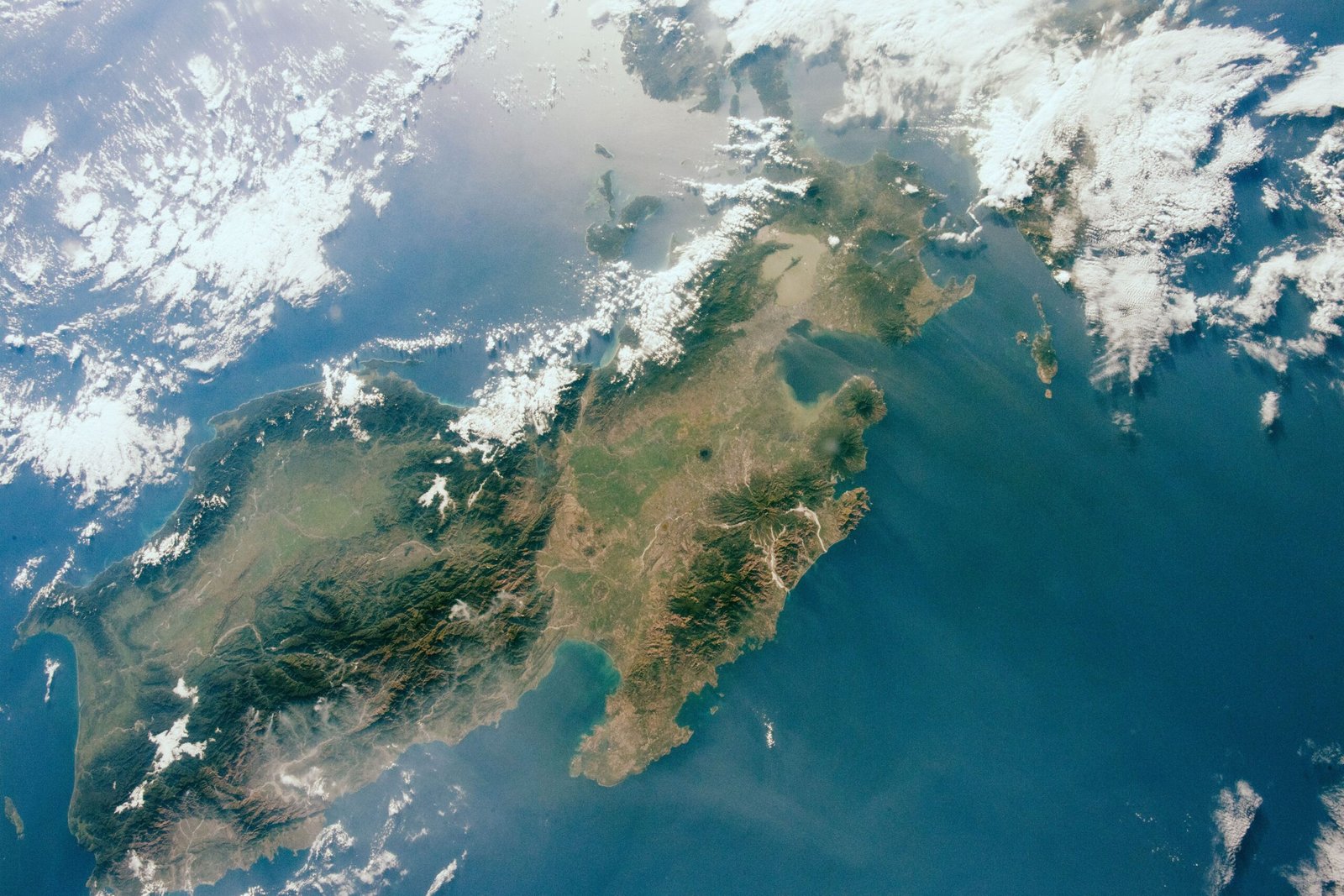
Beneath the rolling hills and rice terraces of modern Luzon, an ancient world lies buried. It wasn’t until recent decades that scientists began to uncover fossils hinting at a forgotten menagerie. Layers of limestone caves and riverbeds preserved bones, teeth, and skulls—silent witnesses to a vanished era. The island’s geology helped protect these remains, creating natural vaults for clues about creatures that once roamed free. Every new fossil discovery feels like opening a time capsule, offering a glimpse into a world that predates human memory. With each excavation, the puzzle of ancient Luzon’s ecosystem becomes more fascinating and complex. It’s a reminder that our planet’s history is still full of secrets waiting to be revealed.
Dwarf Elephants: Giants in Miniature
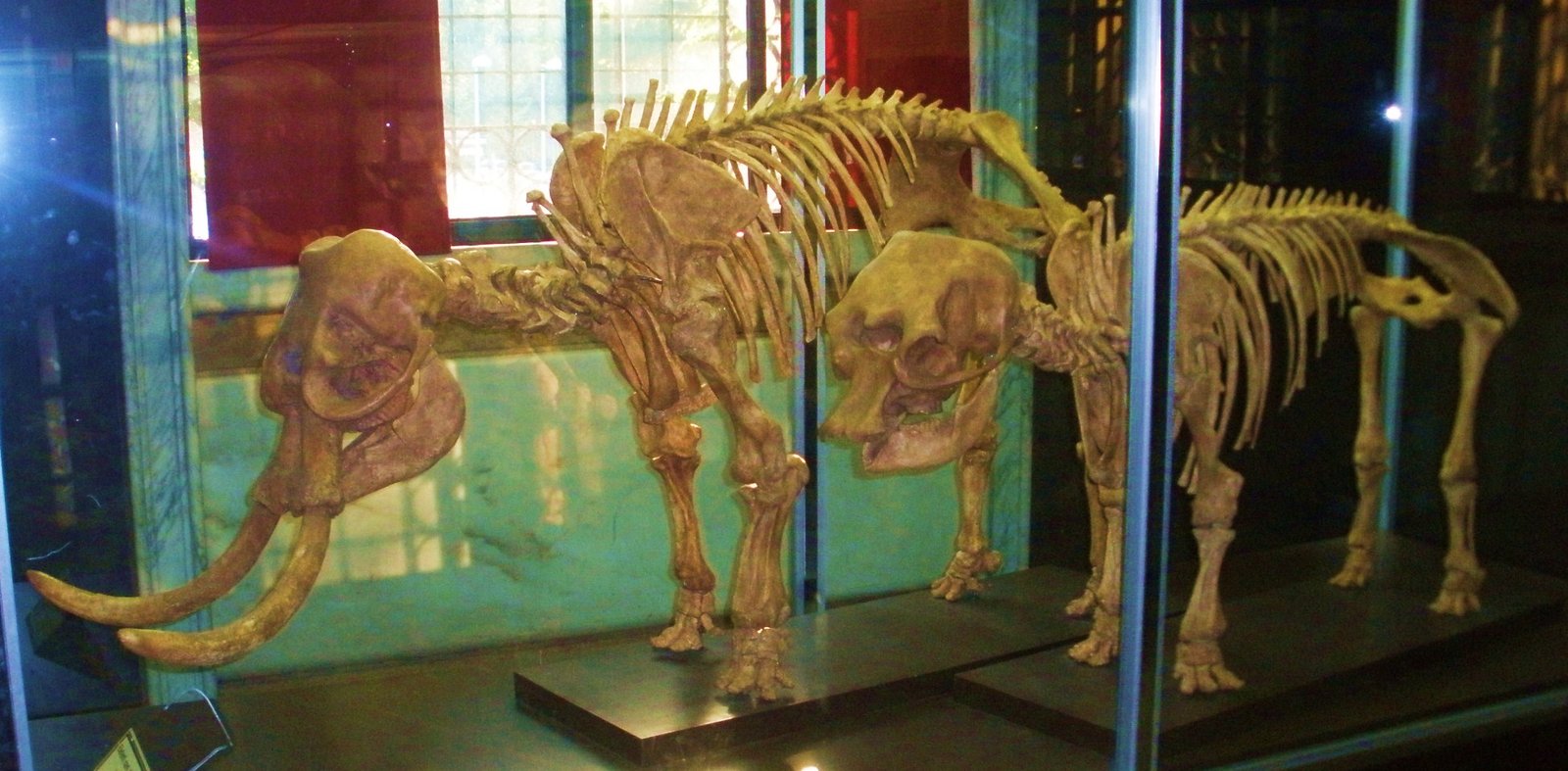
One of the most astonishing finds from Luzon’s fossil record is the remains of tiny elephants. These creatures, sometimes called “pygmy” or “dwarf” elephants, stood no taller than a large dog. Scientists believe their small size was an evolutionary response to living on an island with limited resources—a phenomenon known as island dwarfism. Unlike their massive mainland cousins, these pint-sized pachyderms were adapted to the dense forests and rugged terrain of Luzon. Their bones suggest they moved with surprising agility, weaving through thickets no modern elephant could navigate. The idea that such giants shrank to survive is both remarkable and a little heartbreaking—a testament to evolution’s power and the strange twists of fate that shape life.
The Colossal Rats of Luzon
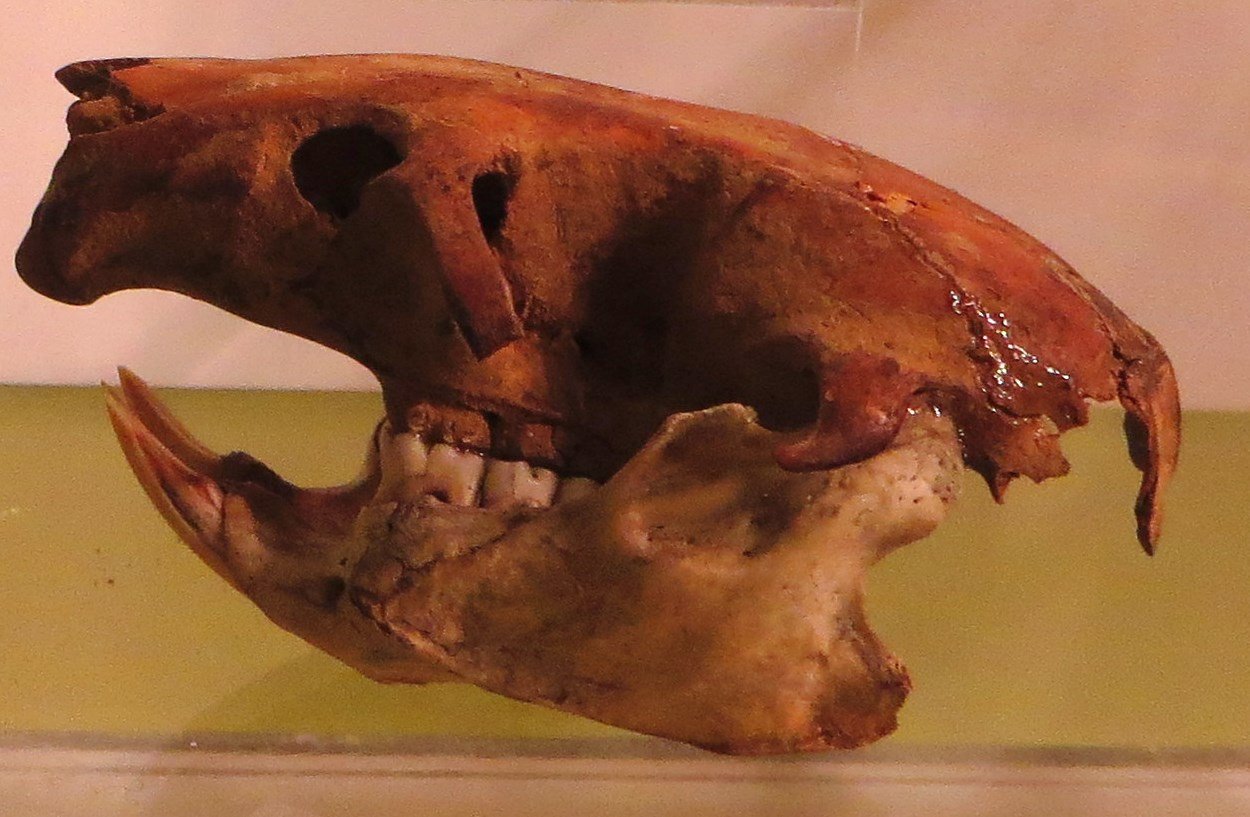
Just as some animals shrank on Luzon, others grew to astonishing proportions. Fossil evidence reveals rats that dwarfed their modern relatives, some reaching the size of small dogs. These giant rodents, with their robust jaws and sturdy limbs, filled ecological roles usually reserved for larger mammals on the mainland. Researchers think the absence of big predators gave these rats the freedom to grow bolder and bulkier with each generation. Their bones, scattered through caves and ancient riverbanks, tell a story of a world where the rules of size and survival were rewritten. The thought of such oversized rodents scurrying through the jungle is both thrilling and a little unsettling—a perfect example of evolution’s unpredictability.
Island Rule: Why Animals Change Size
Luzon’s lost giants and miniatures highlight a strange rule of nature known as the “island rule.” On isolated islands, big animals often get smaller, while small animals grow larger. Scientists think this happens because of limited resources, fewer predators, and unique ecological pressures. For elephants, shrinking meant using less food; for rats, growing bigger meant seizing new opportunities. This pattern repeats itself on islands worldwide, from tiny hippos in Madagascar to giant tortoises in the Galápagos. Luzon offers a vivid, real-world example of how evolution can push life in surprising directions when cut off from the rest of the world. It’s a powerful reminder that isolation can spark creativity in nature, leading to forms of life that seem almost unimaginable.
The Luzon Stegodon: A Lost Elephant Cousin
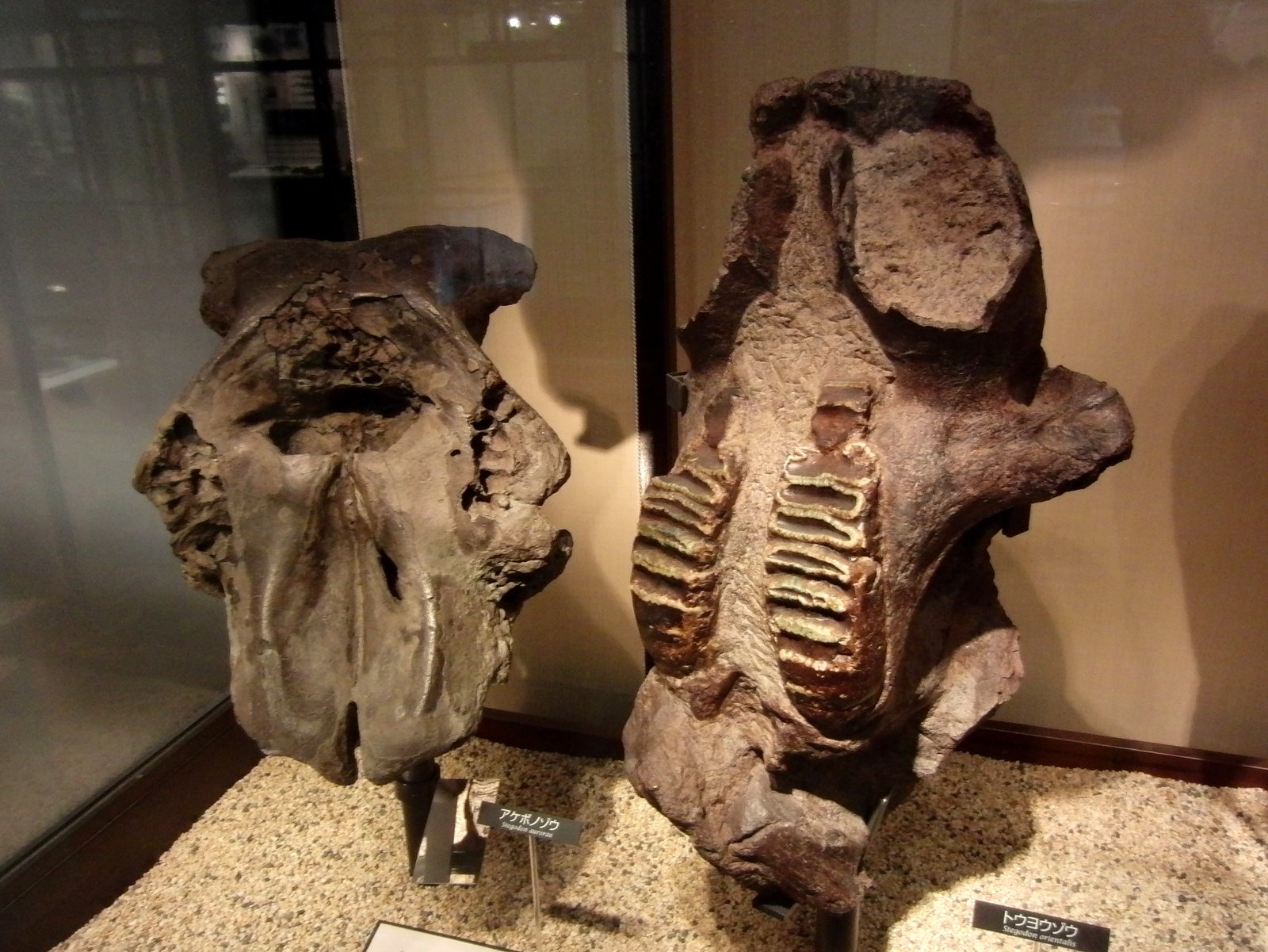
Among Luzon’s most remarkable fossils are those of the stegodon, an ancient relative of modern elephants. These creatures were smaller than their mainland counterparts, with distinctive ridged teeth and short, stocky bodies. Stegodons likely grazed on the island’s dense vegetation, using their powerful trunks to strip leaves and branches. Their bones, sometimes found in clusters, suggest they may have lived in family groups, much like today’s elephants. The extinction of the Luzon stegodon marks the end of a unique evolutionary experiment—a giant’s story played out on a miniature stage. Their legacy lives on in the fossils that continue to surface, each one a silent testament to a world that once was.
Giant Cloud Rats: Luzon’s Furry Oddities
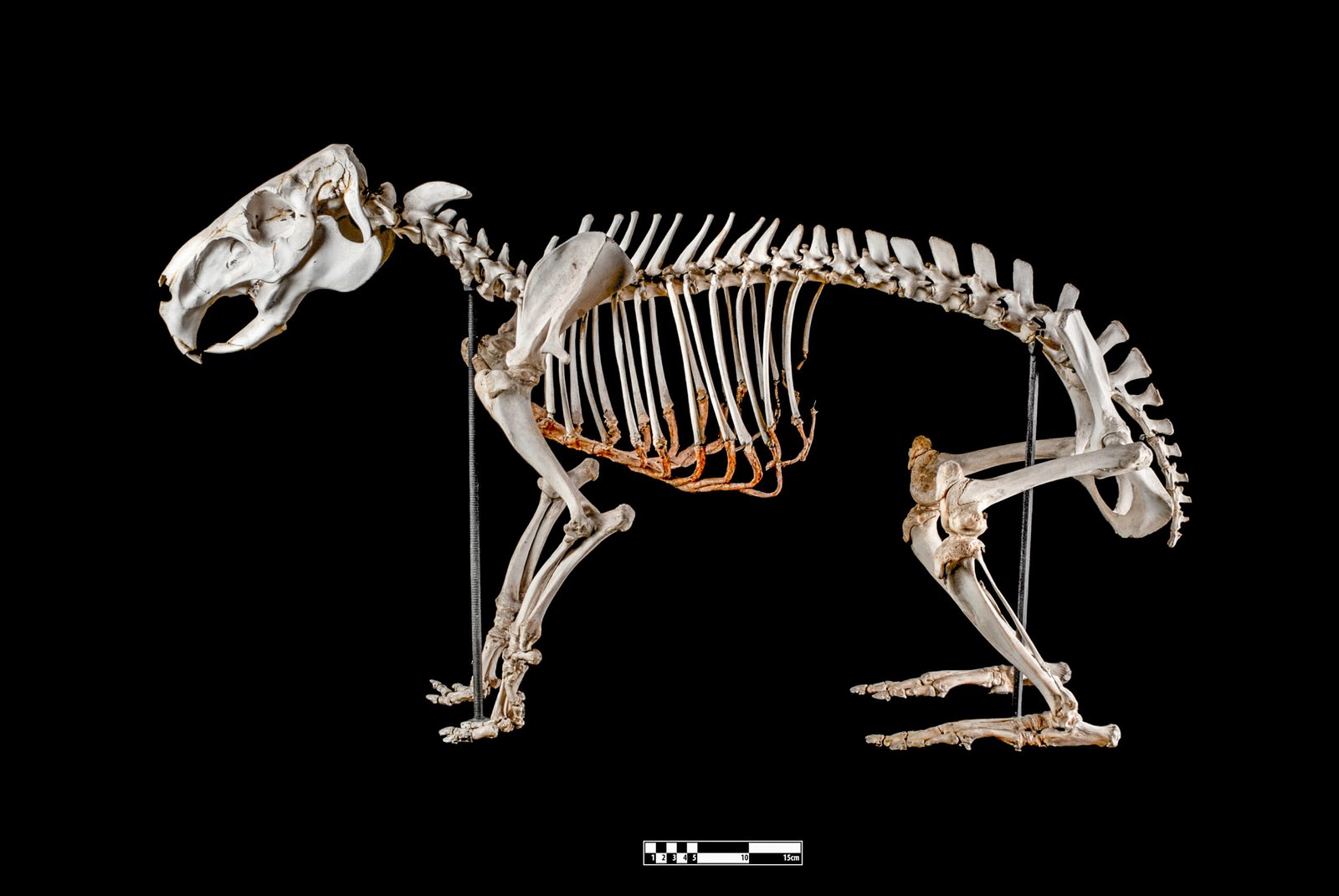
Luzon’s giant rats weren’t just big—they were also incredibly diverse. Today, the island is home to cloud rats, some of which are direct descendants of their ancient, outsized ancestors. These rodents, with their fluffy tails and striking fur, live high in the forest canopy, feeding on fruits, leaves, and bark. Scientists believe that ancient cloud rats grew even larger than the ones alive today, possibly because they filled the ecological roles left vacant by other extinct mammals. The survival of these unique rodents shows how evolution can create both giants and survivors, adapting to every niche the island environment offers. Their continued existence is a living link to Luzon’s lost world.
Fossil Caves: Time Capsules of Luzon’s Past

Many of Luzon’s most important fossils have been found in deep, shadowy caves, where cool, stable conditions preserved bones for tens of thousands of years. These caves act like natural museums, holding the remains of everything from stegodons to giant rats and even early humans. Entering one of these fossil-rich caverns is like stepping into a time machine, surrounded by echoes of creatures that vanished long ago. Every bone and tooth found here adds a new piece to the puzzle of Luzon’s ancient ecology. The painstaking work of excavation—sometimes inch by inch—reminds us how fragile and precious these windows into the past truly are.
Human Arrival: The Game Changer
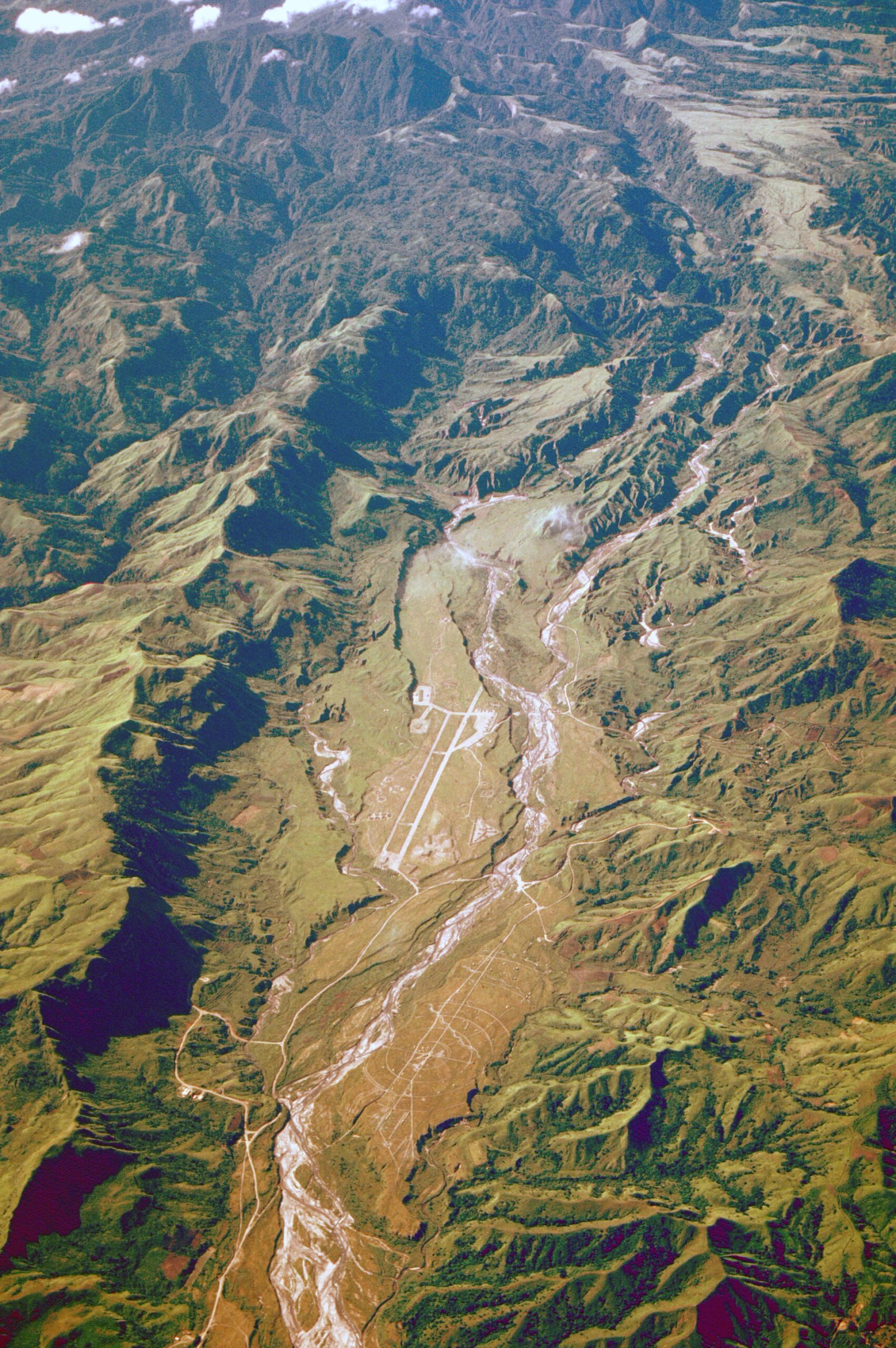
The arrival of humans on Luzon marked a turning point for its unique animals. Archaeological evidence suggests that people reached the island at least 67,000 years ago. With them came new pressures—hunting, fire, and competition for resources. Many scientists believe that the sudden extinction of stegodons and giant rats coincides with the spread of early humans. This pattern echoes similar events on islands worldwide, where the arrival of people often spells trouble for native species. The story of Luzon’s lost giants is, in part, a cautionary tale about the profound impact humans can have on fragile ecosystems.
The Mystery of the Luzonensis
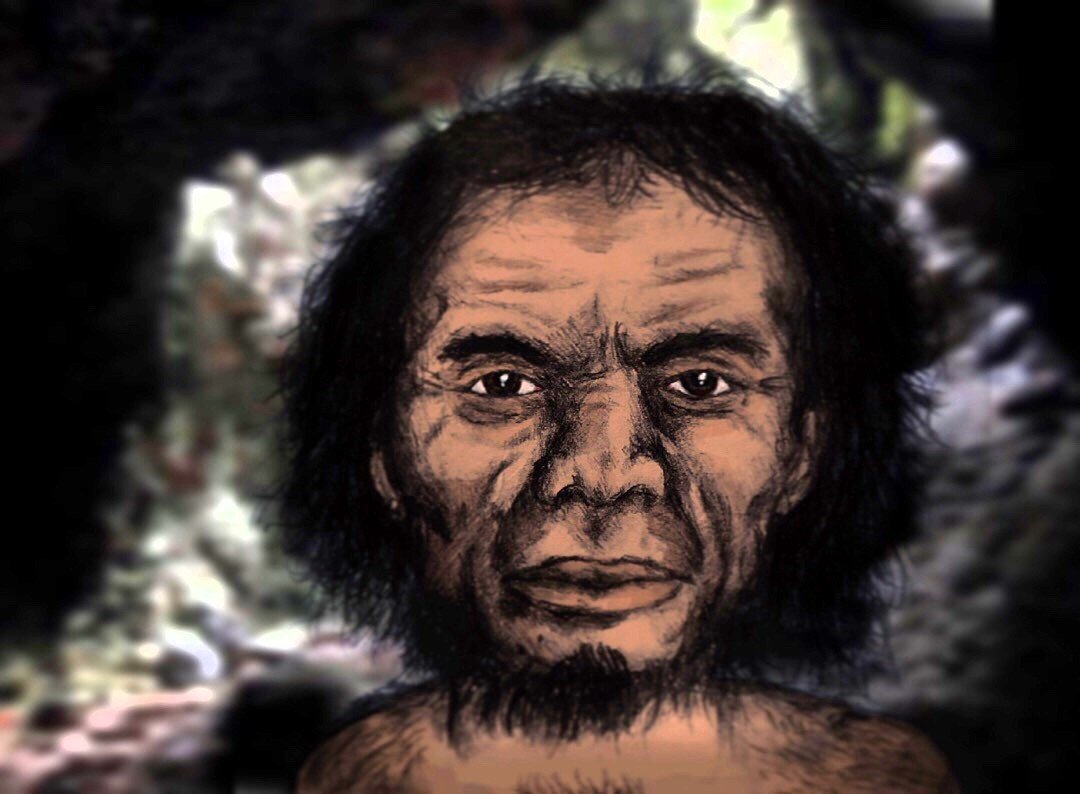
One of Luzon’s most exciting recent discoveries is that of Homo luzonensis, a previously unknown human species. Fossilized bones and teeth found in Callao Cave suggest these ancient people lived alongside the island’s giant rats and dwarf elephants. Their small stature and unique skeletal features hint at a fascinating story of adaptation—possibly shaped by the same island forces that influenced other animals. The idea that multiple human species once roamed Luzon, sharing the forests with lost giants, adds another layer of intrigue to the island’s history. It challenges our assumptions about human evolution and the diversity of our ancient relatives.
Predators and Prey: Life in the Ancient Jungle

The ancient ecosystems of Luzon would have been full of strange interactions. Dwarf elephants likely browsed peacefully, but always on the lookout for threats. Giant rats might have been both predator and prey, feeding on plants and seeds while avoiding the claws of ancient birds or reptiles. Without large mammalian predators, the balance of life was different from anywhere else on Earth. Each species carved out a niche, sometimes overlapping, sometimes fiercely contested. The fossil record captures these relationships in subtle ways—a tooth mark here, a broken bone there—telling stories of survival and struggle.
Evolution in Overdrive: The Insular Effect
Islands like Luzon are natural laboratories for evolution. With boundaries set by ocean and sky, species are forced to adapt quickly or vanish. Scientists call this rapid change “insular evolution,” and Luzon’s fossils provide textbook examples. In just a few thousand years, elephants shrank, rats ballooned in size, and new rodent species appeared. This acceleration is almost like evolution with the fast-forward button pressed. It shows how quickly life can change when faced with new challenges—a lesson that feels especially relevant in our rapidly changing world today.
Climate Change and the Disappearance of Giants

The end of Luzon’s lost world wasn’t caused by a single event. Instead, a mix of climate shifts and human activity gradually pushed its giants to extinction. As the Ice Age ended, rising sea levels shrank the island’s forests and changed its rivers. Food became scarcer, and competition intensified. Meanwhile, early humans hunted and burned, putting even more pressure on vulnerable species. The combination of natural and human-caused changes proved too much for Luzon’s unique animals. Their disappearance is a sobering reminder of how delicate island ecosystems can be.
The Modern Relatives: Survivors Against the Odds

While many of Luzon’s ancient animals are gone, some of their descendants still cling to life. Today, rare cloud rats and other unique rodents continue to roam the island’s forests. These survivors are often threatened by habitat loss, hunting, and invasive species. Conservationists work tirelessly to protect them, knowing that each species is a living connection to Luzon’s incredible past. The presence of these animals reminds us that extinction isn’t always inevitable—and that even the most unusual creatures can survive against the odds if given a chance.
The Challenges of Fossil Hunting in the Tropics

Digging for fossils in Luzon isn’t easy. The island’s humid climate, thick vegetation, and frequent storms make excavation difficult. Bones can dissolve quickly in tropical soils, leaving only the most robust remains behind. Researchers often have to crawl into narrow caves or sift through muddy riverbanks to find even the smallest fragment. Yet every new discovery brings excitement—a reward for patience and perseverance. These challenges only make the finds more precious, highlighting the dedication of scientists who work to uncover Luzon’s ancient secrets.
Comparisons With Other Lost Worlds
Luzon isn’t the only island to harbor strange, lost giants. Across the world, places like Flores, Madagascar, and Crete tell similar tales of dwarf elephants, giant rodents, and unique human species. These “lost worlds” share common threads: isolation, rapid evolution, and sudden extinction. Comparing Luzon’s fossils with those from other islands helps scientists piece together the universal rules of life on isolated lands. It also sparks the imagination, inviting us to picture a planet where every island is a stage for its own evolutionary drama.
What Fossils Teach Us About Adaptation
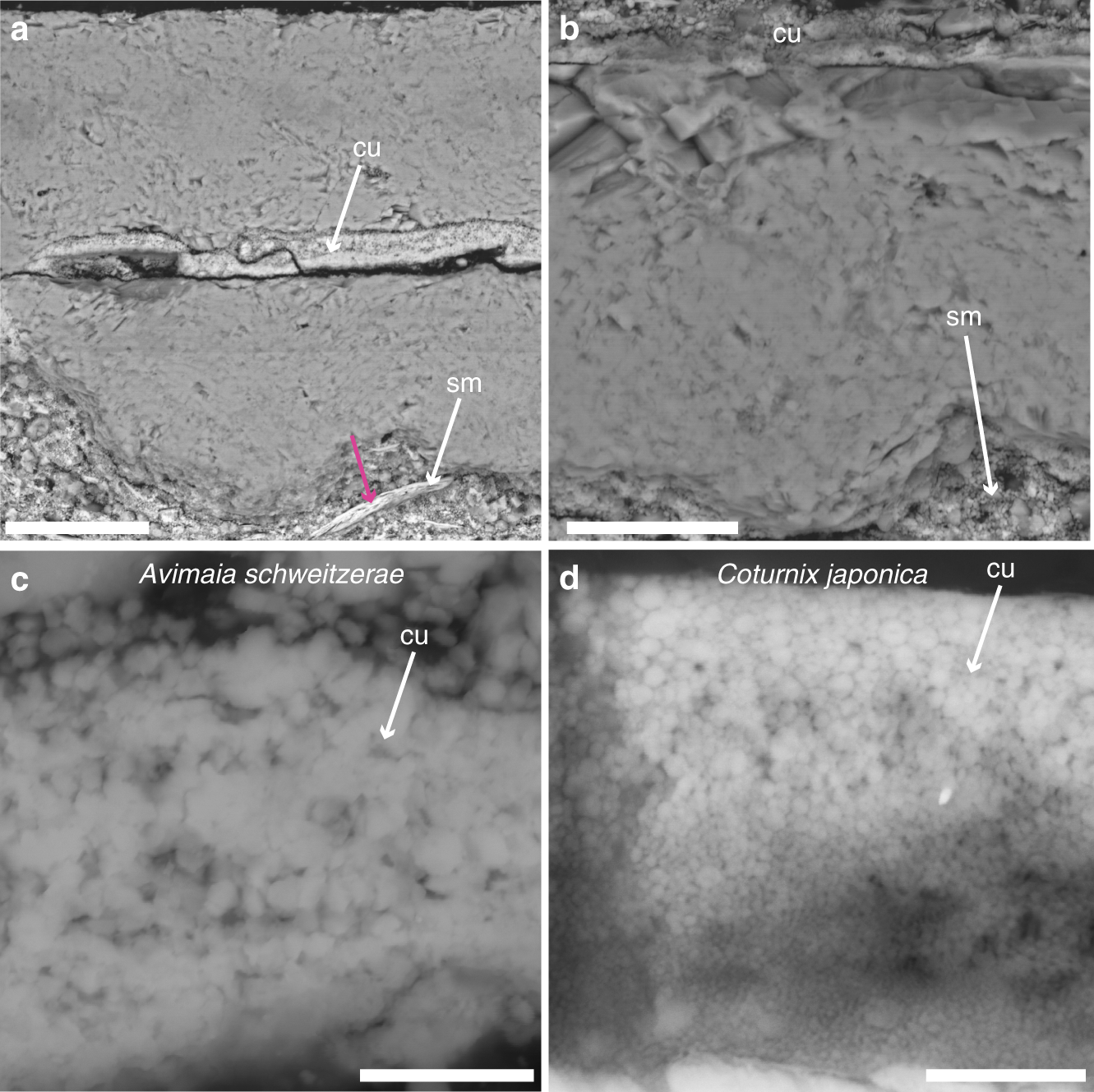
The fossils of Luzon are more than ancient bones; they’re lessons etched in stone. They show how life can adapt to the strangest circumstances, experimenting with new sizes, shapes, and behaviors. These adaptations are driven by necessity—food, predators, competition, and the quirks of island life. Studying these fossils helps us understand the limits of survival and the creativity of evolution. It’s a powerful reminder that even the most improbable forms of life can thrive, at least for a while, when given the right conditions.
The Ongoing Hunt for Lost Species
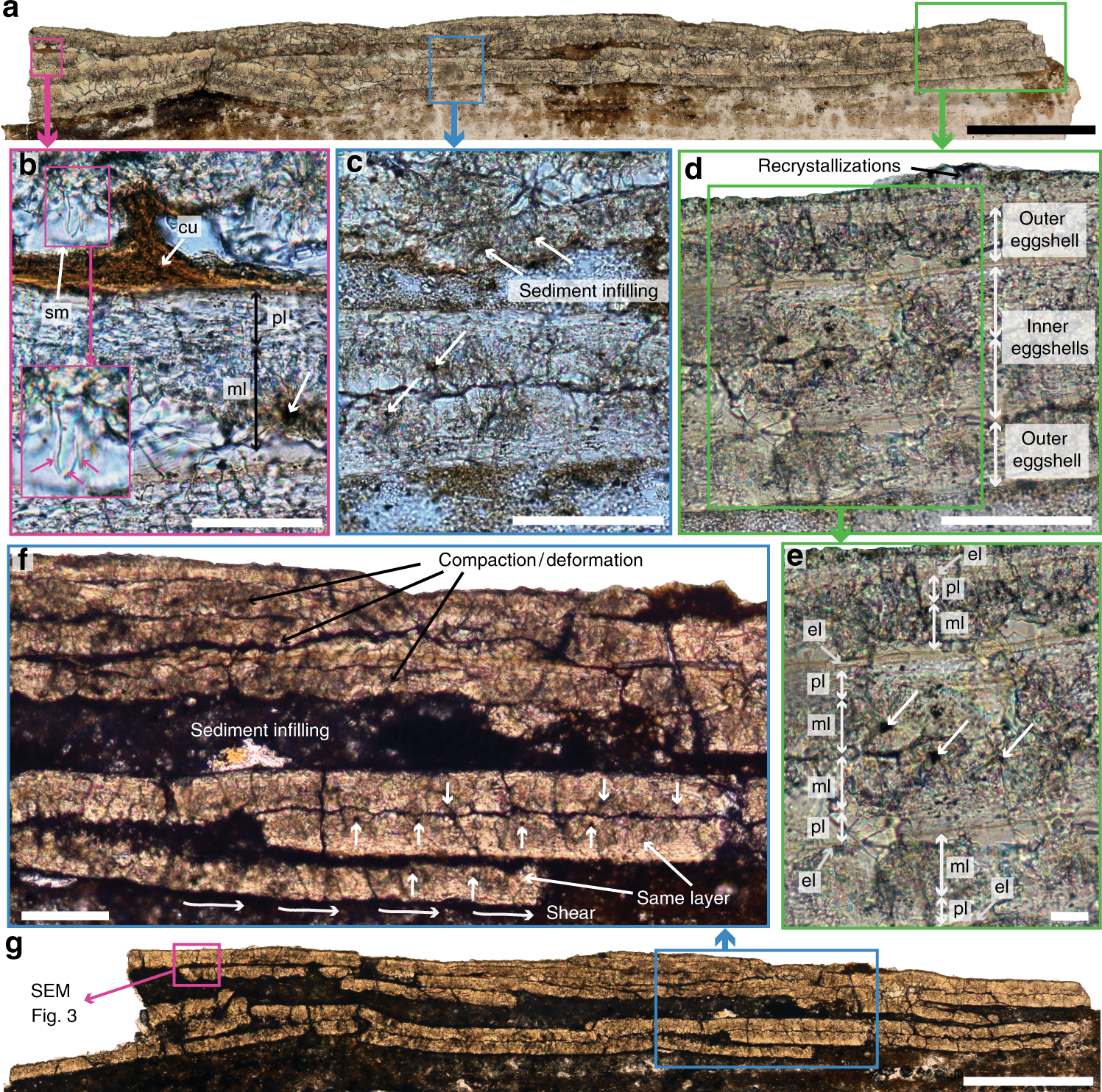
Scientists believe there are still secrets waiting to be discovered on Luzon. New caves, unexplored river valleys, and hidden fossil beds may hold clues to animals we haven’t even imagined. Each expedition brings the chance of a new breakthrough—another chapter in the story of the island’s lost world. Modern technology, like DNA analysis and 3D scanning, is making it easier to reconstruct these ancient creatures and their environments. The excitement of the hunt keeps researchers coming back, driven by curiosity and the hope of solving one more piece of the puzzle.
Protecting Luzon’s Living Relics
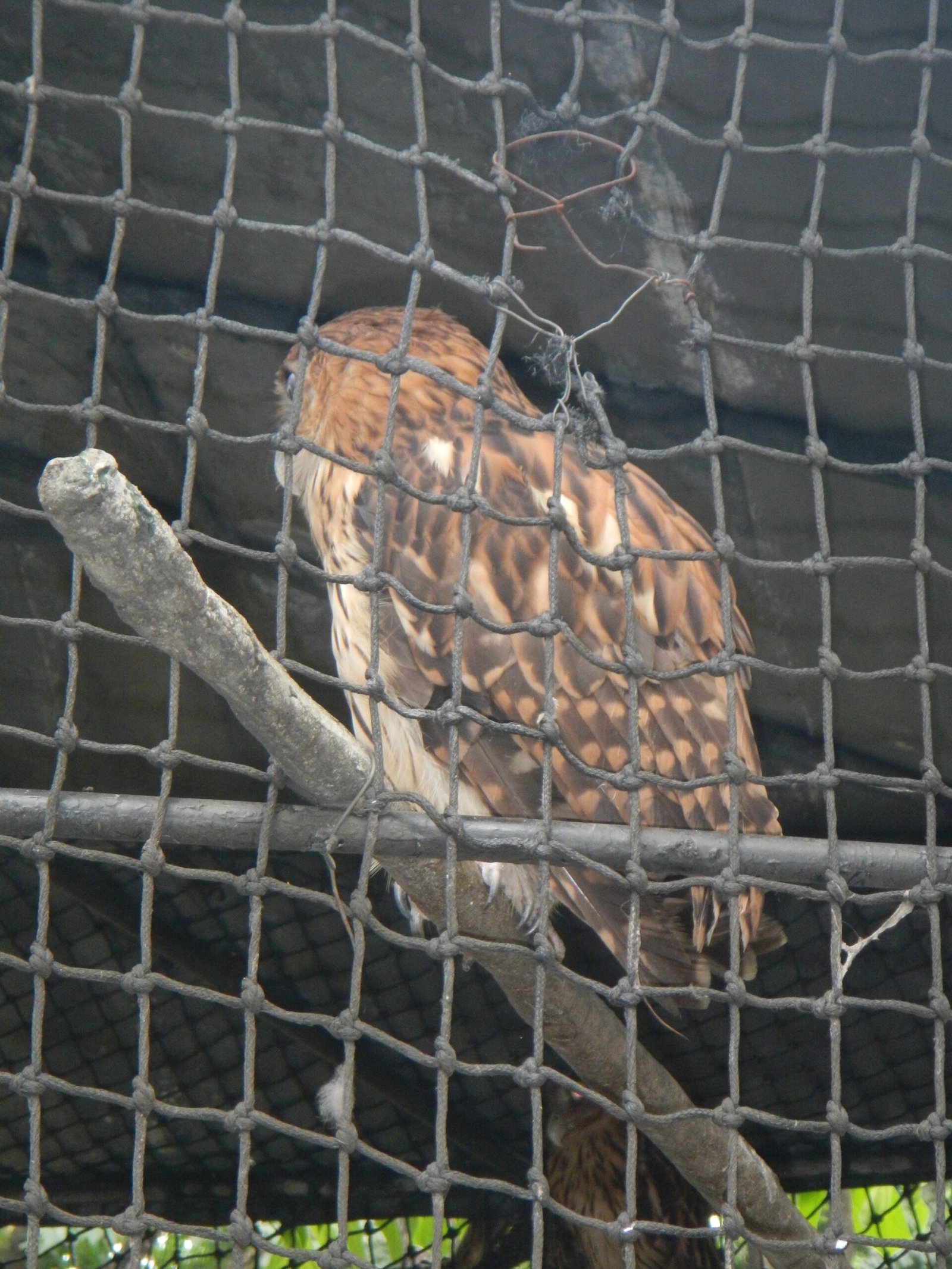
The story of Luzon’s lost world isn’t just about the past—it’s also about the present and future. Many of the island’s surviving animals are endangered, threatened by deforestation and hunting. Protecting them means preserving the last echoes of an extraordinary evolutionary experiment. Conservationists urge us to value these unique species not just for their rarity, but for the stories they tell about resilience and change. The fate of Luzon’s living relics depends on our willingness to act, to safeguard the legacy of a forgotten island world.
Reflections on a Lost World
The tale of Luzon’s lost elephants and giant rats is more than a collection of fossils—it’s a window into the wild creativity of evolution. It challenges us to see the world through new eyes, to imagine jungles filled with improbable creatures both big and small. These ancient animals remind us that life is always experimenting, always adapting, and that even the most isolated places can give rise to wonders. As we uncover more of Luzon’s secrets, we are left with a sense of awe—a feeling that our planet still holds mysteries deeper than any storybook. What other forgotten worlds might be waiting, just beneath our feet?



